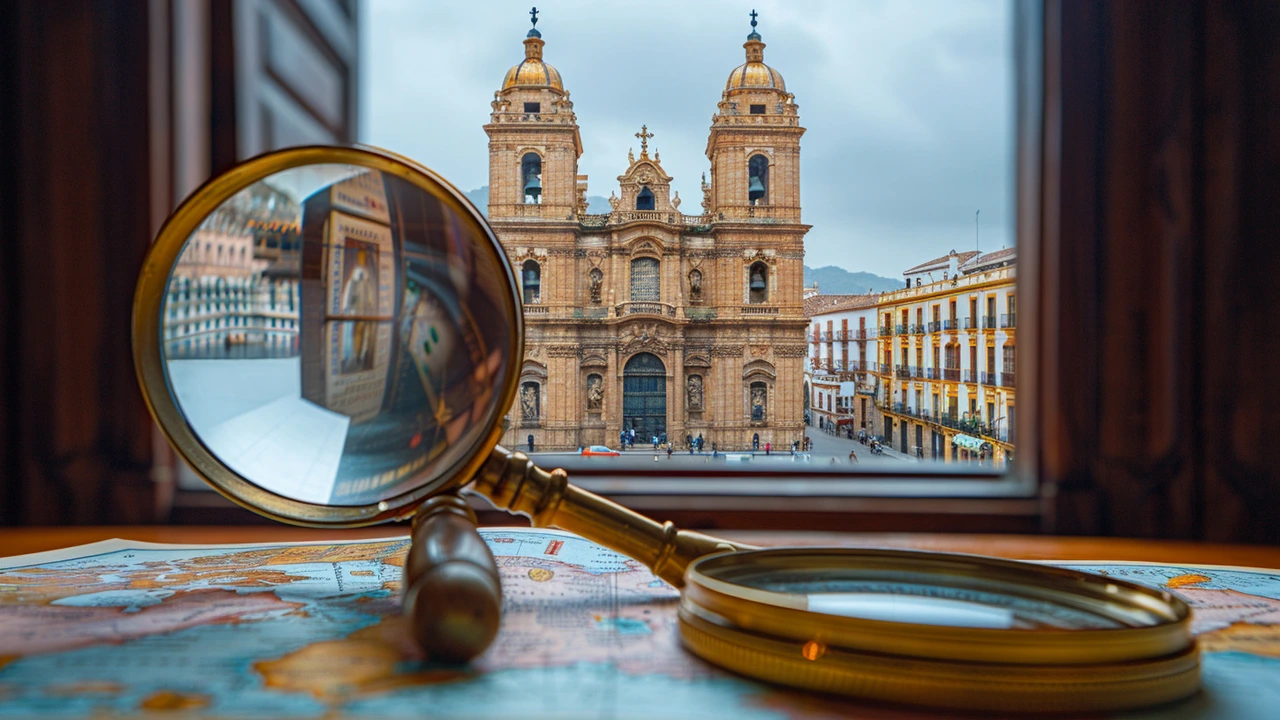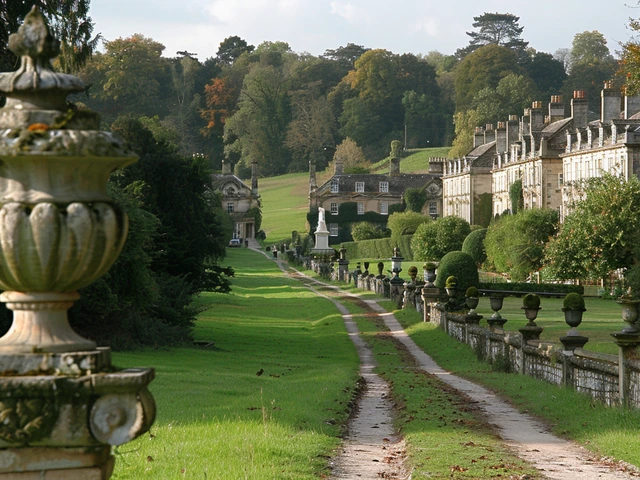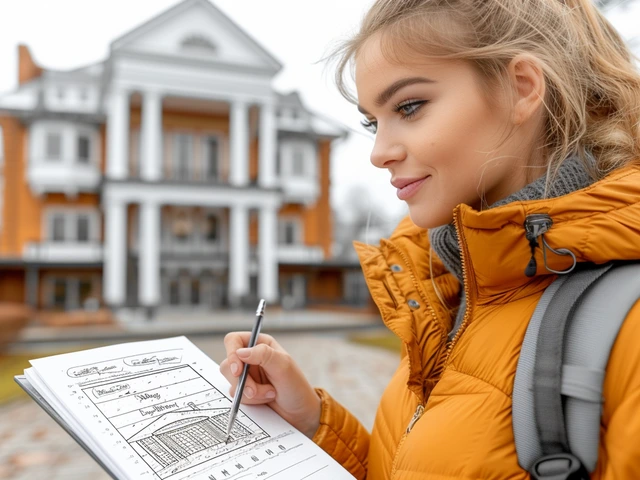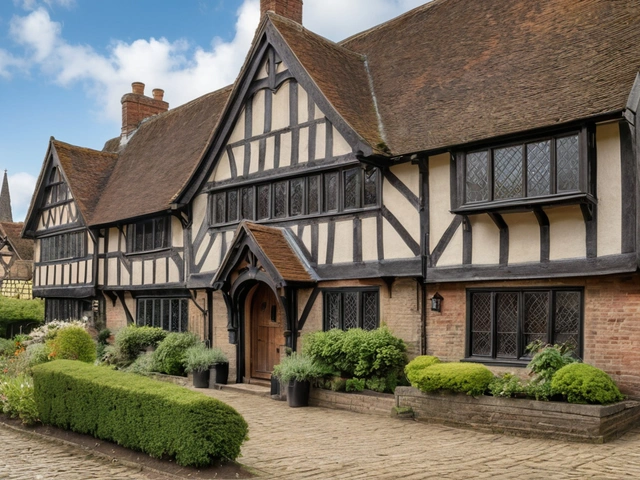Origins and Evolution of the Baroque Style
The term 'Baroque' originated from the Portuguese word 'barroco', which means a 'rough or imperfect pearl', although some argue that its true etymology is rooted deeper and might even involve the Spanish word for 'mud.' Despite its arguably pejorative etymology, Baroque architecture flourished, primarily across Europe, between the late 16th century and the early 18th century. It was a time when architects broke away from the harmonious simplicity of Renaissance designs to embrace more dynamic, elaborate, and ornate elements. The shift was partly due to the Counter-Reformation, where the Catholic Church wanted to assert its power and appeal visually to the masses, and this was achieved through architecture that was emotional, dramatic, and highly decorative.
Key figures in the development of Baroque architecture include Gian Lorenzo Bernini and Francesco Borromini in Italy, and Sir Christopher Wren in England. Bernini's design of St. Peter's Square with its grand colonnades is a testament to the drama and scale that Baroque architecture aimed to achieve. In contrast, Borromini experimented with curves and counter-curves, pushing structural and aesthetic boundaries. His San Carlo alle Quattro Fontane in Rome, with its undulating façade and complex dome structure, is a highlight of Baroque's capability to manipulate form and light. Meanwhile, Wren's St. Paul's Cathedral in London helped redefine the city's skyline with its impressive dome, becoming a seminal symbol of Baroque architecture in England.
Baroque Architecture in the Modern Context
The Baroque style, while historically rooted in the past, continues to influence modern architecture and design. One sees the echoes of Baroque dynamism and grandeur in contemporary buildings that aim for a dramatic visual impact. Moreover, the conservation and restoration of Baroque buildings have become a vital part of architectural studies and tourism, offering insights not just into a style, but into the social, political, and religious currents of its time. Today, tourists flock to sites like Versailles in France and the Winter Palace in Russia to bathe in the grandiosity of Baroque design.
Modern architects sometimes blend Baroque elements with new materials and technologies, creating fascinating hybrids that resonate with historical depth yet shine with contemporary flair. This integration shows how the past and present can dialogue through architecture, making it a living art that speaks of both its time and the timeless. For those interested in experiencing Baroque architecture firsthand, it is advisable to visit different countries to see how the style morphs under varying cultural influences. From the majestic churches of Italy to the ornate palaces of Spain, Baroque architecture offers a journey into a world where art interplays with architecture to narrate stories of power, religion, and beauty.





